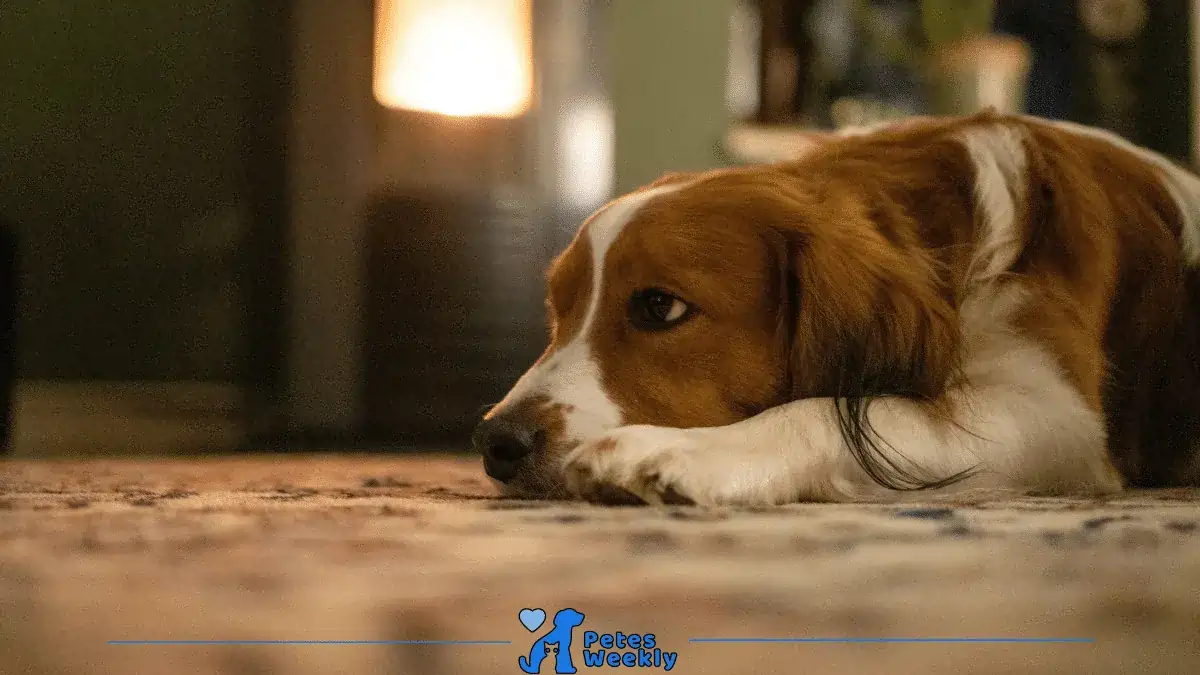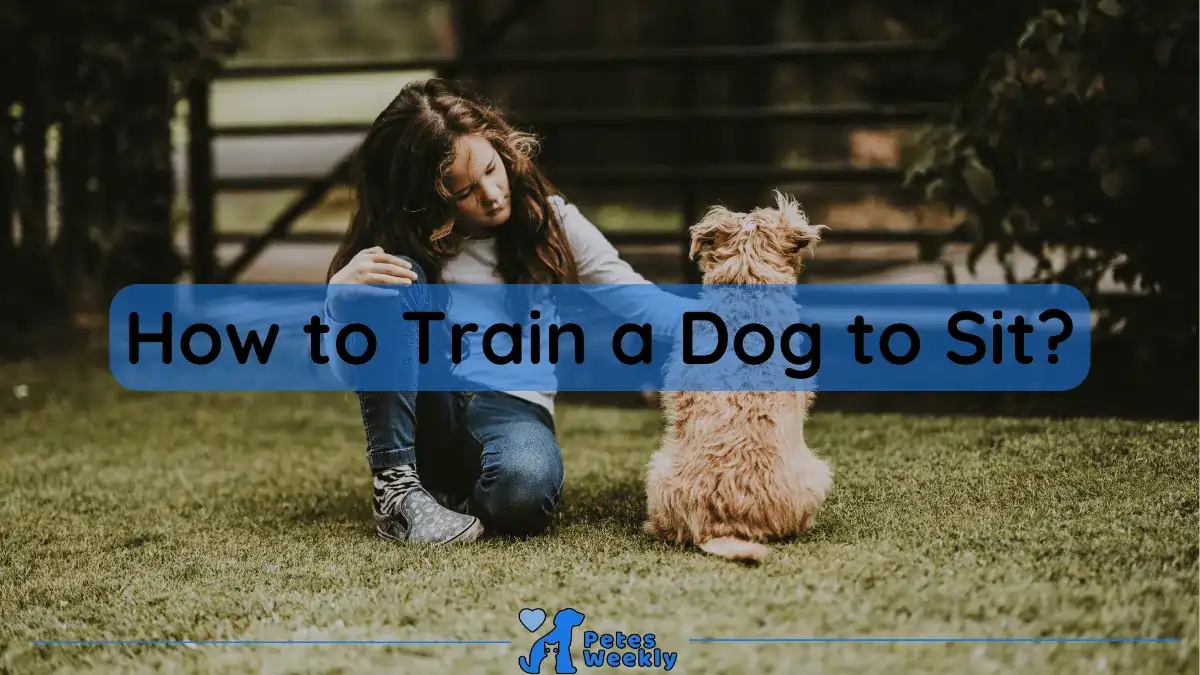How to train a dog to sit?
As a loving dog owner, you’ve likely noticed that canines thrive on clear direction and consistency. The “sit” command is an essential cornerstone in basic obedience training. In fact, this simple directive has the power to open doors to countless other training opportunities, establishing a sturdy foundation for your pet.
Understanding the importance of the “sit” command in basic obedience training
The “sit” command is more than a cute trick; it’s the groundwork for a well-behaved pet. A dog that can sit on command is one that respects its owner and is eager to learn. This command paves the way for other crucial lessons like “stay”, “come”, and “heel”.
Why every dog enthusiast should focus on this basic training
Dog enthusiasts, from seasoned trainers to new pet owners, can attest to the advantages of prioritizing the “sit” command. Not only does it show your dog’s respect for you, but it also offers a sense of predictability and safety in various situations.
The Benefits of Teaching Your Dog to Sit
Teaching your dog to sit is about more than having them rest their hindquarters on the ground; it’s about establishing control, enhancing safety, and building a bond.
Establishing control and a foundation for future training
When your dog sits on command, it’s a sign of their respect and attentiveness. This act lays the groundwork for a positive training relationship moving forward.
Enhancing safety: Preventing unwanted behaviour issues with a simple command
Imagine a situation where your dog could run into traffic or jump on a guest. Having them trained to sit can mitigate these risks, making it a life-saving command.
Building a deeper bond and understanding between owner and dog.
Training sessions offer a unique opportunity for bonding. When your dog sits on command, it’s a sign of trust, showcasing the unspoken understanding between pet and owner.

Steps to Train Your Dog to Sit
Every dog is unique, but with patience and the right techniques, you can teach your furry friend to sit like a champ.
Choose the right training environment.
Importance of limited distractions during training.
Training requires focus from both you and your dog. Choosing an environment with minimal distractions ensures that your dog remains attentive, increasing the chances of a successful training session.
Setting the mood for a fun training session.
Training should be fun for both of you. Play some gentle music, ensure there’s enough space, and be ready with treats and praise.
Utilising the Treat Lure Method
How to use the food lure to guide the dog into a seated position
Hold a treat close to your dog’s nose and move your hand up, allowing their head to follow the treat, which will cause their bottom to lower. Once they’re seated, say “sit”, give the treat, and offer praise.
The role of food rewards in reinforcing the behaviour
Food is a powerful motivator. In the beginning, treats help establish the desired behavior. Over time, the treat can be phased out, replaced by praise and petting.
Tips: phase out the food treats and rely on praise.
Begin by offering treats, rather than every time. Replace treats with verbal praise, petting, or a favourite toy.
Incorporating training treats and praise
Identifying your dog’s favourite treat is the greatest motivation.
Whether it’s a specific dog treat, a piece of chicken, or a cube of cheese, knowing what your dog loves can help make training more effective.
Offering positive feedback and lots of praise for the correct behavior.
A cheerful “Good dog!” or an enthusiastic pet can reinforce positive behaviour as well as treats.
The truth of training: why it’s not about treats but positive reinforcement
Treats are a tool. What you’re building is a system of positive reinforcement, establishing good behaviour through rewards and affection.
Ensuring Consistent Training Sessions
Why consistent training yields the best results
Like humans, dogs enjoy a routine. Consistent training sessions help solidify behaviours and commands, making them second nature to your pup.
Determining the ideal time for training: aligning with your dog’s attention spans
Most dogs have short attention spans. It’s crucial to find that sweet spot in their day when they’re alert but not energetic.
Keeping sessions short: Limiting to 5–10 minutes for effectiveness.
Short, frequent sessions are more effective than long, infrequent ones. It keeps the dog engaged and prevents them from becoming overwhelmed.
Dealing with Common Challenges and Distractions
Navigating around unwanted behaviours and the behaviour of dogs during sessions
If your dog starts showing unwanted behaviours, it’s essential to remain calm. Redirect their attention and continue the training.
When and how to introduce distractions during training to test and reinforce behaviour
Once your dog has mastered “sit” in a controlled environment, introduce distractions like toys or other people. This strengthens their command recall in various situations.
Tips from Experts and Professional Trainers
The significance of understanding the dog’s natural behaviour
By understanding what’s natural for your dog, you can tailor your training methods to align with their instincts, making the process smoother.
Why behaviours during training should always be rewarded immediately to mark the exact moment
Immediate rewards help the dog make a clear connection between the behaviour and the reward, reinforcing the desired action.
The advantage of combining “sit” with other basic behaviours like “stay” is better control.
Once your dog has mastered “sit”, integrating it with commands like “stay” can provide even more control in various situations.
Key Takeaways
The importance of patience, consistency, and positive reinforcement
Training a dog requires a combination of these three elements. Your dog looks to you for guidance, and your consistent, patient approach, combined with positive reinforcement, will yield the best results.
Tailoring the training process to suit your dog’s unique personality and needs
Each dog is unique. Being attuned to your dog’s individual personality and adjusting your training techniques is key.
Celebrating small victories: Every moment of progress counts.
Every sit and every positive response is a step in the right direction. Celebrate the small moments as they lead to bigger successes.
Conclusion
Mastering the “sit” command with your dog isn’t about getting them to plant their tail on the ground; it’s about building trust, respect, and understanding. It’s the foundation of a harmonious relationship and the gateway to countless other commands and tricks. So, as you relish the moments of successful “sits”, remember that you’re not training a dog; you’re building a bond.
FAQs
How long does it usually take to see progress in training sessions?
It varies depending on the dog, but many owners see progress within a few days to a week of consistent training.
Are there any aversive training techniques that I should avoid?
Yes, techniques that involve punishment or negative reinforcement should be avoided. Focus on positive methods for the best results.
How can I incorporate clicker training with the “sit” command?
As soon as your dog sits, click the clicker and offer a treat or praise. Over time, they’ll associate the click sound with the desired behaviour.
Why does my dog revert to incorrect behaviour even after training?
Dogs might revert due to distractions, stress, or inconsistencies in training. It’s essential to maintain consistent reinforcement.
When is the best time of day to conduct training sessions?
When your dog is alert but not too hyper, often after they’ve had some exercise but before they’re too tired,
Sources
- American Kennel Club (AKC) – Training Resources and Guides
- The Association of Professional Dog Trainers (APDT) – Training Tips and Articles
- The Humane Society of the United States – Dog Training Basics
- ASPCA (American Society for the Prevention of Cruelty to Animals) – Dog Care and Training Resources
- Veterinary Centers of America (VCA) – Dog Behavior and Training Articles
